‘We must avert this threat’: We have to protect great apes from coronavirus
The potentially lethal disease could be the final straw for these amazing species – and may harm their predators, too, writes Jane Dalton

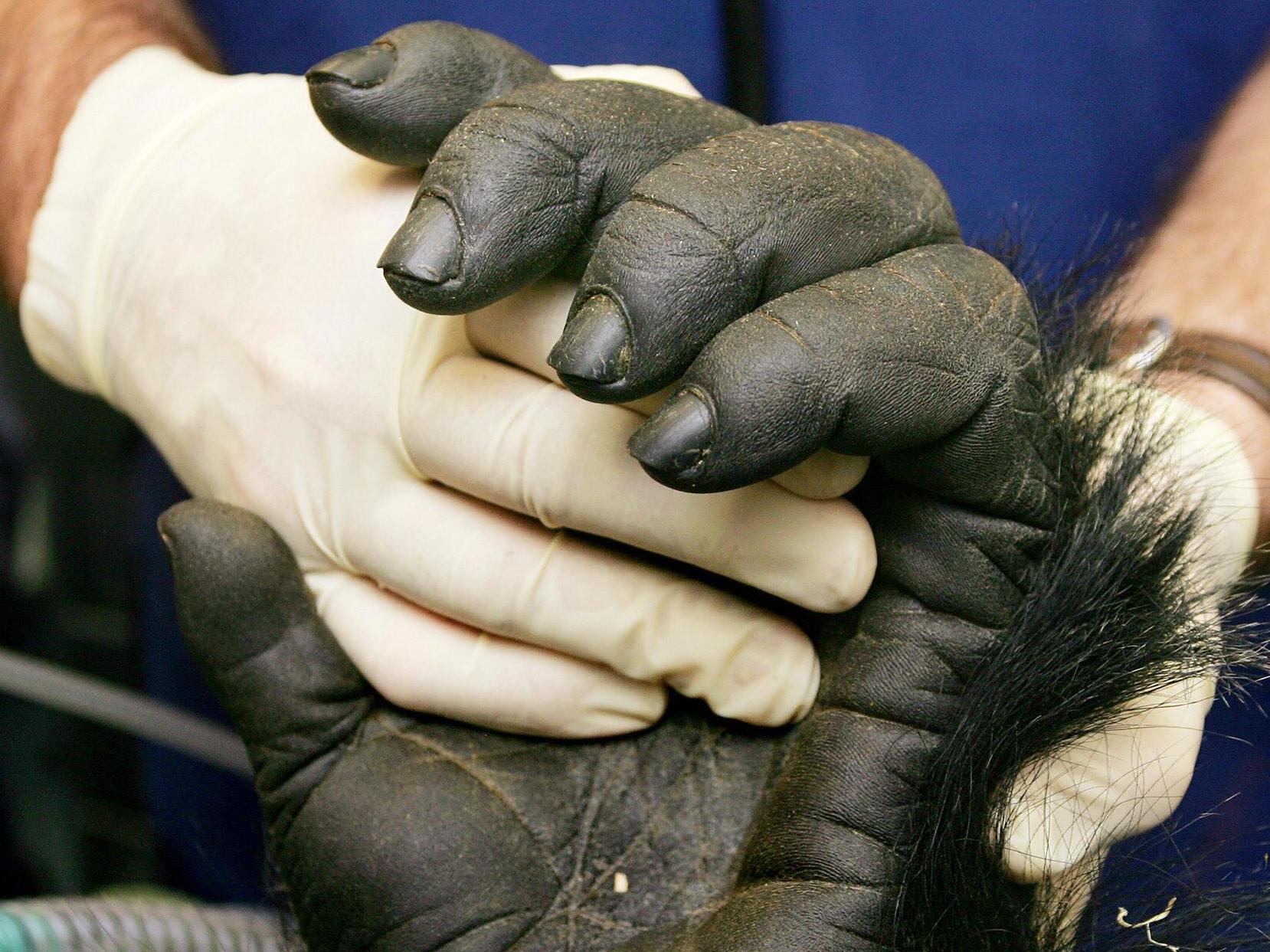
We build roads through their homes and mine in their delicate habitats; we steal them from the wild to eat, sell to zoos or traffic into the pet trade; we carry out medical experiments on them and raze their homes to plant palm trees for oil for our soap and biscuits. When we trek to gawp at them, we leave behind our polluting rubbish and transport fumes. The great apes have every reason to resent us. We share 99 per cent of our DNA with them, yet everywhere they exist, humans attack, encroach on and generally interfere with their peaceful lives.
To protect them from the damage we do, we build sanctuaries to close them in.
And then we create coronaviruses that could kill them.
All the great apes – gorillas, bonobos, chimpanzees, orangutans – have been declining for years, threatened with extinction from habitat loss and hunting. Nearly all species of non-human ape are judged critically endangered by the International Union for Conservation of Nature, the global authority on the status of the natural world.
Now, with the coronavirus pandemic, our closest wild relatives – and species in the wider forest wildlife world too – are under a more immediate threat than ever of being wiped out. The danger comes not only from the direct risk of contracting Covid-19, but also from the collapse of vital conservation activities and funding for that work.
Transmitting a potentially lethal disease “could be the final straw for these amazing species”, according to Elizabeth Bennett, vice president for species conservation at the US-based Wildlife Conservation Society (WCS), who has observed mountain gorillas in their Congo homes.
Ian Redmond, a British biologist and chairman of the Ape Alliance conservation coalition, agrees that introducing new human pathogens to the great ape population could be catastrophic.
“Covid-19 is a new virus, so nothing is known about the mortality rate in non-human apes,” he says. “But the loss of any number would be a very significant setback.
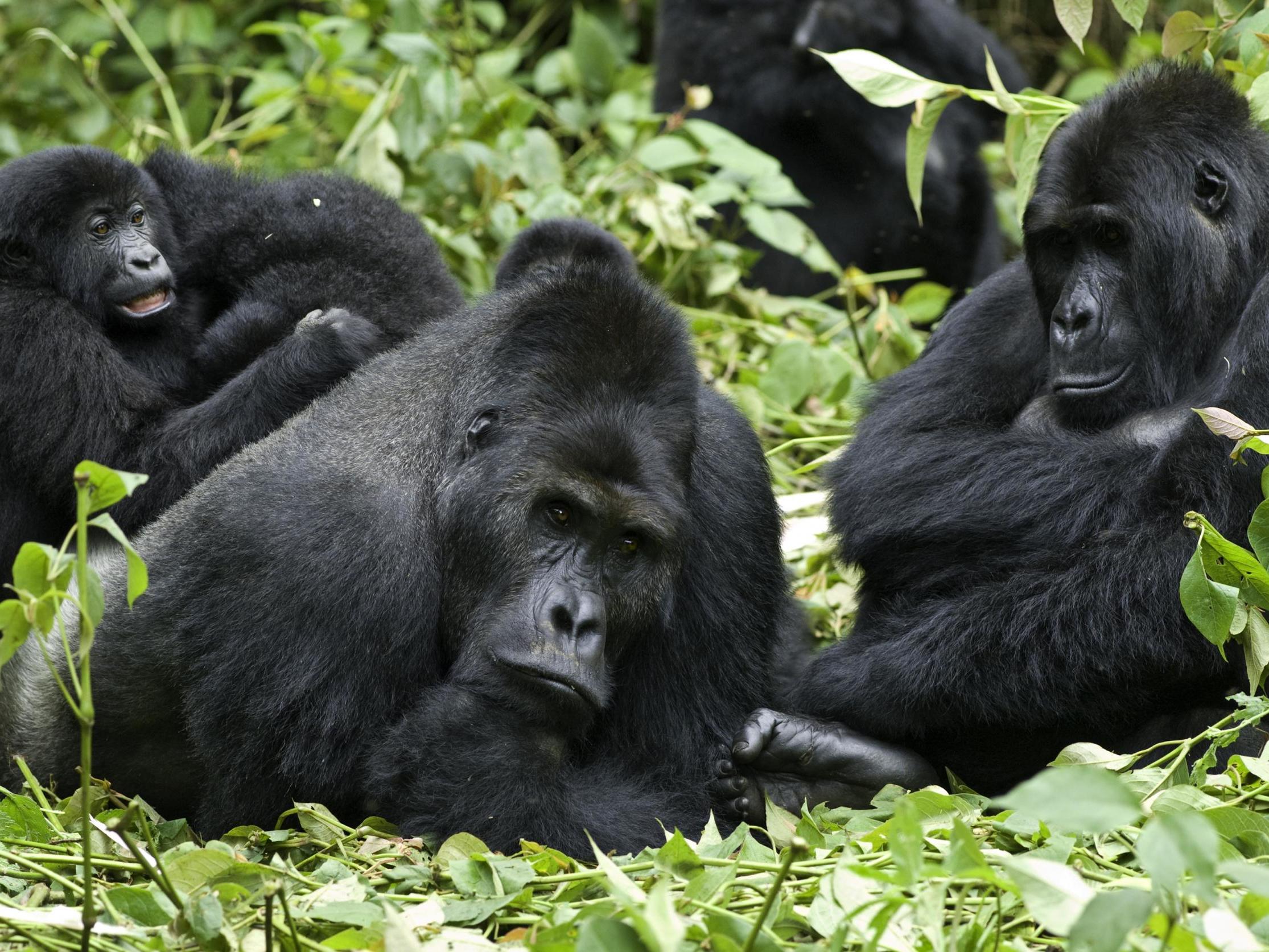
“Some diseases cause a higher mortality in closely related species, and the risks are greater for gorillas, chimpanzees and bonobos because they live in social groups with many opportunities for contagion. And if a silverback gorilla dies, females are likely to seek a new mate, and if infected, could carry the virus to him and his group.
“In an endangered species numbering only a few hundred or thousand, a new additional threat will speed their decline towards extinction. That is why we must avert this threat.”
In an endangered species numbering only a few hundred or thousand, a new additional threat will speed their decline towards extinction. That is why we must avert this threat
The virus, thought to be capable of remaining alive on smooth surfaces for three days, could live on a forest bamboo stem not lit by sunlight, for instance, he said, from where other apes could pick it up.
Even gorilla vets could be an unwitting potential source of infection, Redmond warns. “The apes are monitored at a distance by professionals, and if one is injured by a snare they have to intervene. They will do their best to avoid transmitting any infection, wearing PPE, but if one unknowingly had the virus, that’s still a risk.”
Scientists have previously documented how human respiratory viruses have been passed to wild gorillas, chimpanzees and bonobos. In 2016-17 wild chimps in a national park in Ivory Coast suffered a mild respiratory outbreak traced back to a human coronavirus. It did not prove fatal, but earlier human respiratory viruses – that may have caused only mild symptoms in people – have led to chimp deaths, research shows. Last year a respiratory infection swept through a chimpanzee sanctuary in Kenya, infecting 39 animals and killing two, TheWashington Post reported.
However, until now, most of the world’s attention has been focused on the risk of diseases being transferred in the opposite direction – from wildlife to humans. Previous modern zoonotic diseases including HIV, Ebola, bird flu, Sars, Mers and Zika, which combined have killed many thousands of people, are all suspected to have emerged thanks to a combination of factors including the popularity of bushmeat in Africa.
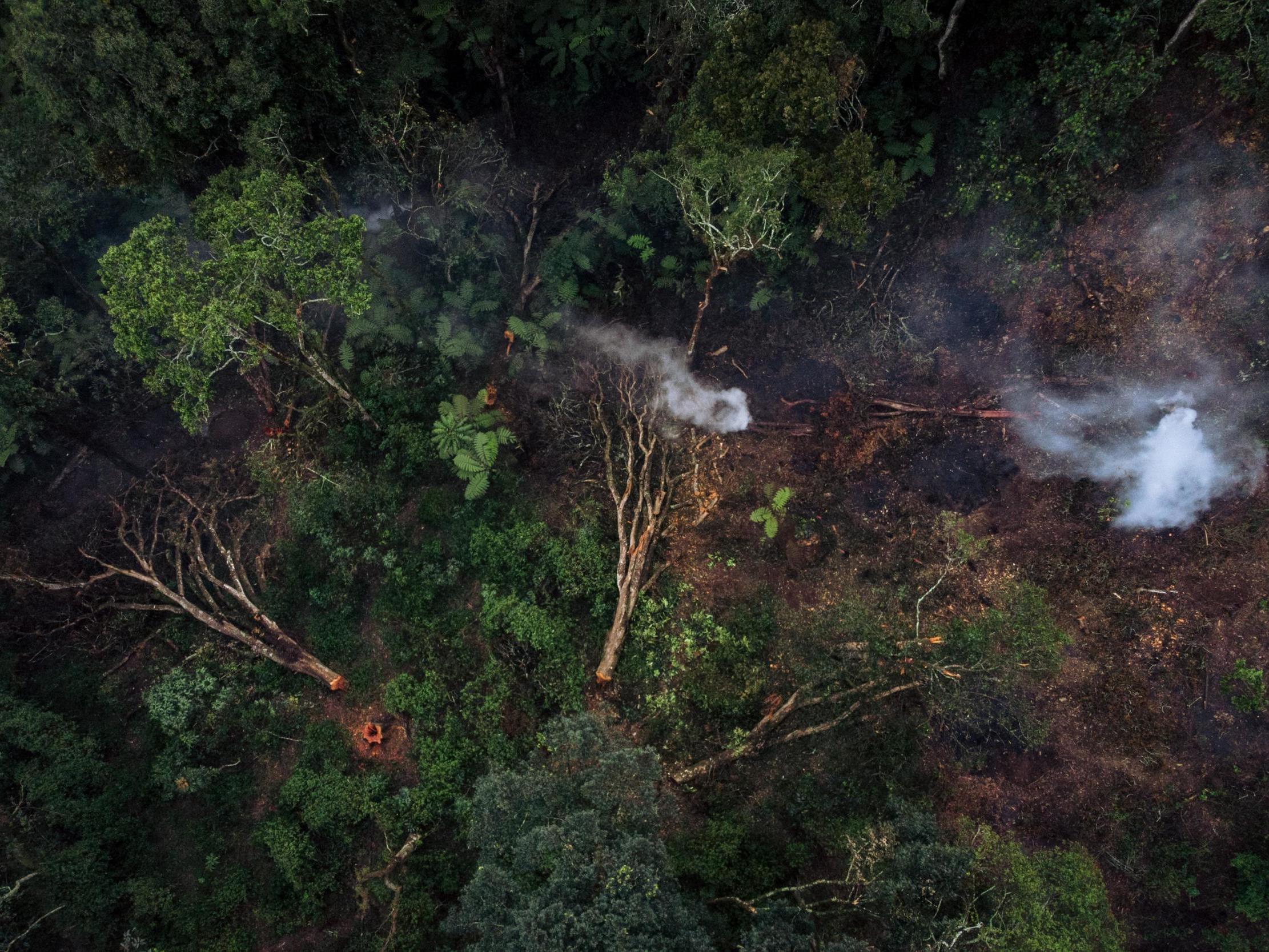
A 2005 study by US scientists lists no fewer than 10 zoonotic pathogens that emerged in the Cameroon-Congo basin between 1970 and 2005. Setting out causal links between deforestation and hunting and the emergence of novel zoonotic pathogens, it stated: “Particularly high risks may be associated with hunting non-human primates, and even greater risks in hunting species such as chimpanzee, which are phylogenetically closest to humans. Butchering (opening, cutting, dressing and preparing the carcass) is obviously more high risk for blood-borne pathogens than the transportation, sale, purchase and eating of the butchered meat.”
The study added: “Our work in Cameroon has shown that not only bushmeat hunters but also persons who keep various species of vertebrate pets or butcher and handle meat are at risk for zoonotic transmission due to bites, cuts and other exposures to fluids or tissue.”
Over time, the rise in global travel has allowed viruses to spread and take hold much more quickly than they would otherwise have done.
Meanwhile, the expansion of human populations and our modern lifestyles has quietly, insidiously, been increasing the threat we pose to the world’s great apes. In some instances, our encroachment appears so careless that we are exposing our evolutionary cousins to such life-and-death risks at the same time as imposing the detritus of our industrial lifestyles on them.
Sabrina Krief, a French primatologist who is director of a chimpanzee project in Uganda, says the human-induced hazards that animals have to navigate range from road-building to farming with pesticides and visitor debris.
“The geographical proximity between chimpanzees and humans, caused by the encroachment of intensive agriculture on their forest habitat, creates health risks for chimpanzees,” she told Unesco. The Uganda area that the project studies is surrounded by agricultural areas and is crossed by an asphalt road with heavy traffic. “Direct risks to their lives exist (collision, poaching) and indirect threats also affect them. Thus, they are exposed to pollution by phytosanitary products (fertilisers, pesticides), exhaust fumes, plastic pollution linked to the waste thrown along the road but also to diseases.”
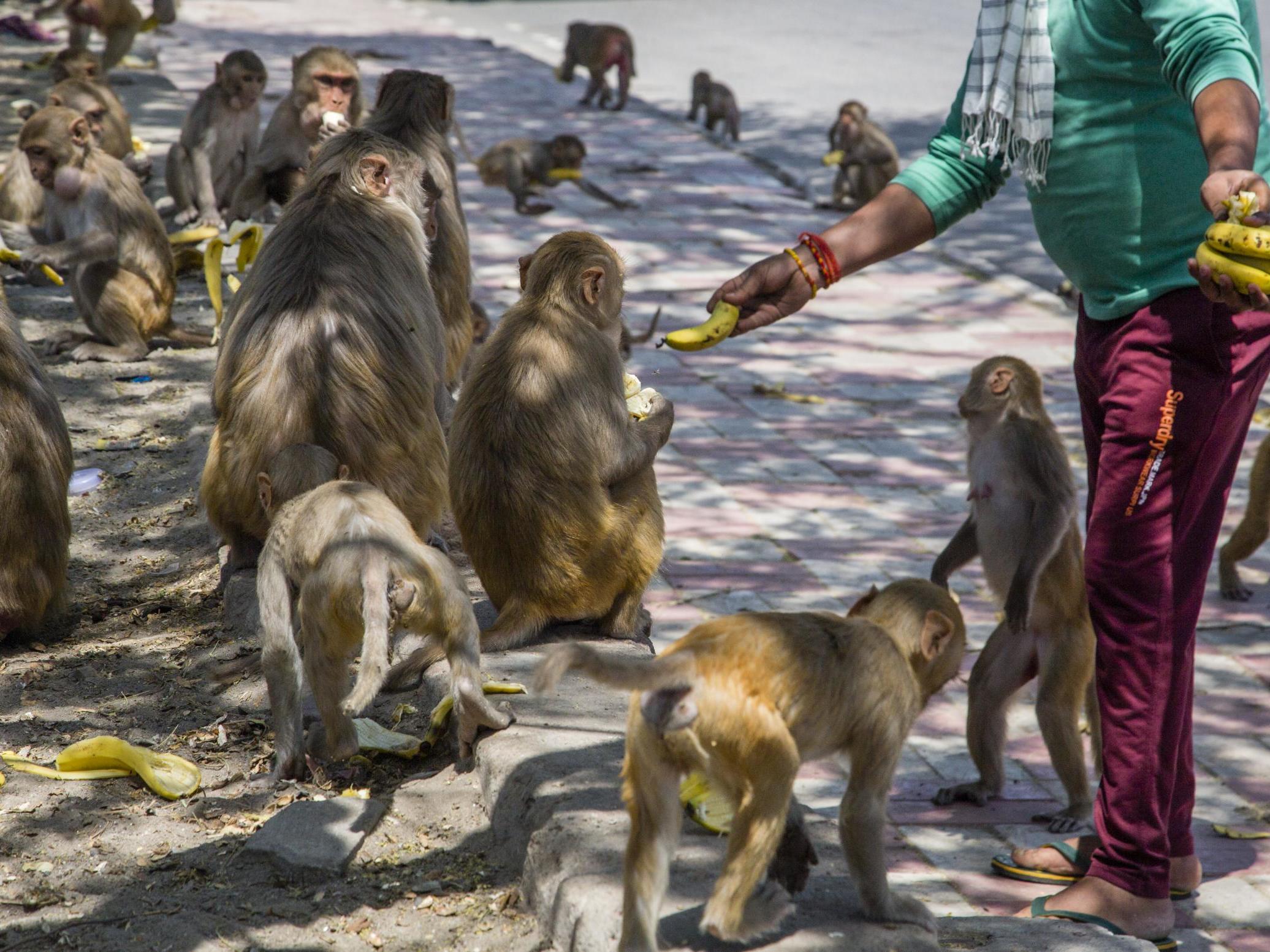
When the crops are ripe, she says, the humans guarding the fields and the chimpanzees that come out of the forest to feed use the same spaces at the same time, increasing the risk of the cross-transmission of pathogens.
“Similarly, fruit thrown by travellers at baboons and soda bottles littering the sides of the forest with saliva expose chimpanzees to human pathogens. In the current context of the Covid-19 pandemic, it is essential to reduce the risks associated with proximity to humans by applying very strict measures by research teams, but it is still very difficult to control the risk associated with proximity to agricultural areas and roads.”
So far in the coronavirus pandemic, there have not been any suspected or confirmed cases of the latest coronavirus infection in great apes, fortunately.
But sanctuaries, parks and tourism companies are not taking any chances, and have closed to visitors. Rwanda, Uganda and the Democratic Republic of the Congo (DRC) – all of which have Covid-19 cases in relatively low numbers – have all suspended gorilla treks, according to Gorilla Doctors, which provides veterinary care for the creatures.
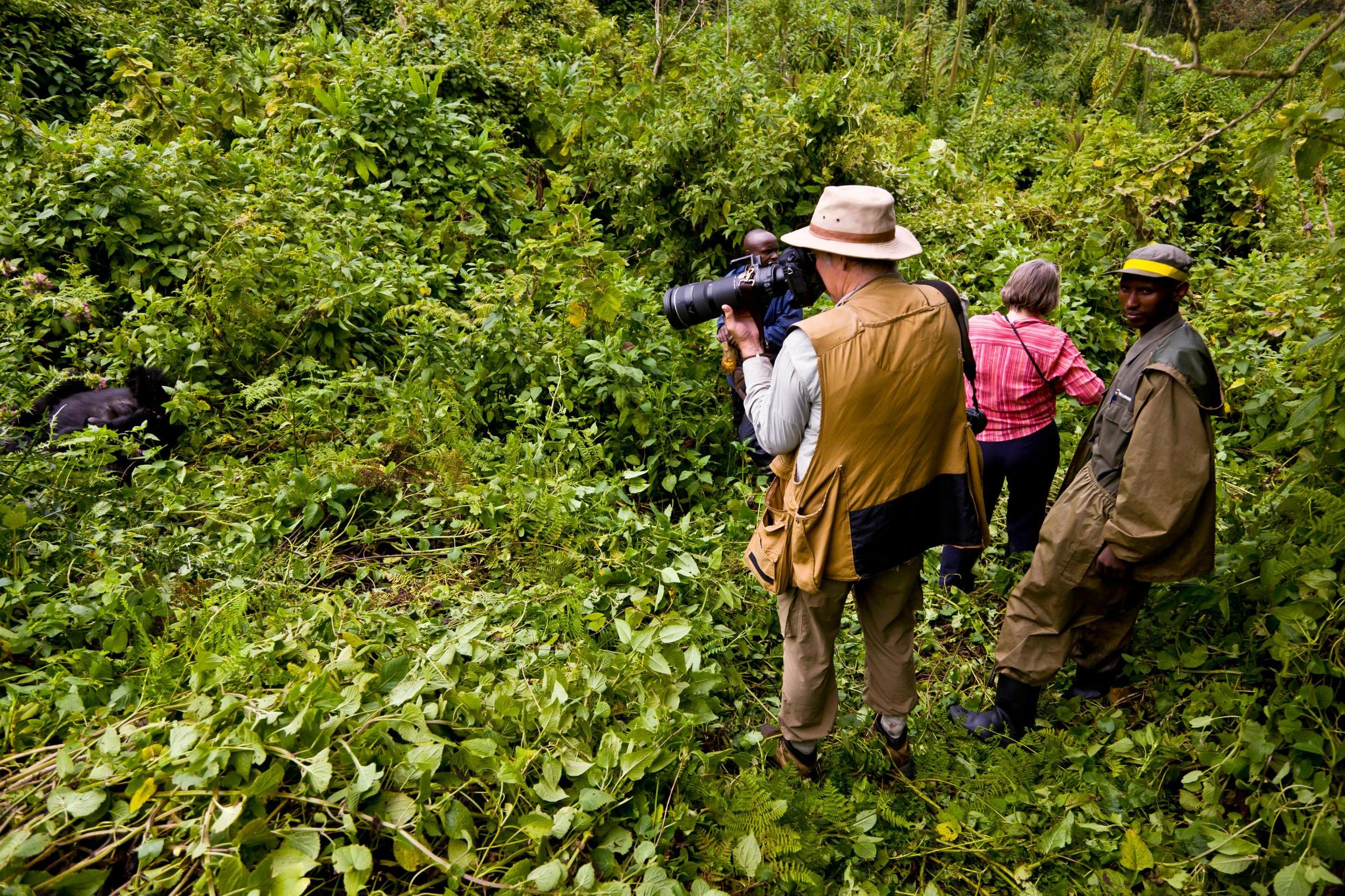
The organisation’s staff – considered essential workers – must now wear masks during health checks of the primates, all people entering parks must have their temperatures checked, and boots must be disinfected. In Borneo, sanctuaries for orangutans have also been closed to protect the endangered animals from the outbreak.
Redmond says orangutans have fewer physical interactions in the wild so the disease would be less likely to spread, but in rescue and rehabilitation centres they are more gregarious, so the risk is higher, both because of contact with human carers and because there is much more physical contact between orphans reared together.
Human activities have brought wild species into closer proximity to us through legal and illegal wildlife trade in towns and cities. At the same time, we have come into closer proximity to wild species through moving into the last great wild areas of the world. As a result, the risk of disease transmission between ourselves and other species, in both directions, is also ever-increasing
The worldwide shutdown is causing hazards in other ways, too – including halting the tourism income on which much conservation work depends, pushing up prices of vital food in sanctuaries and creating extra pressure on wildlife charities. With visitor permits costing hundreds of pounds each, the suspension of gorilla tourism will deprive park authorities and nearby communities of funds to pay frontline staff, including the rangers that protect the apes.
International Animal Rescue, which rehabilitates animals that are orphaned or whose homes have been lost, says: “In Indonesia there is genuine concern that the orangutans, slow lorises and macaques in our care could be susceptible to catching this deadly disease. Our already strict biosecurity measures have been ramped up to maximum.
“However, we are struggling to get hold of the correct protective and medical equipment. Disinfectants, masks and gloves are now extremely scarce, and when they can be found, they are significantly more expensive. Each of our projects around the world is suffering.”
Public charity donations are understandably shifting towards people hit hard by the abrupt halt of economic activity, while the cancellation of fundraising events such as concerts is starving wildlife rescuers of income. The abandonment of the London marathon hit several groups hard, Redmond says.
Another worry is that during the lockdown, with fewer officials and researchers on the ground, and without the protection of tourism cash – which provides incentives for governments and citizens to protect wildlife – Africa’s great apes will become more vulnerable to poaching. “Poachers are often quick to seize any opportunity, and are among the least likely to abide by government directives to stay indoors,” Redmond says.
“Uganda and parts of DRC are in lockdown but enforcement of it isn’t as strict as in the UK. I was speaking to a barber who explained that if you don’t work, you don’t eat. People will find it difficult. The fear for all wildlife is that in terms of need, if you look to what’s available locally, that might mean nipping out and setting snares, which are indiscriminate – and that’s what you do to survive. Few would blame someone doing that to feed their kids. But it raises the prospect of a return to the levels of poaching we’ve worked to hard to reduce over the years.”
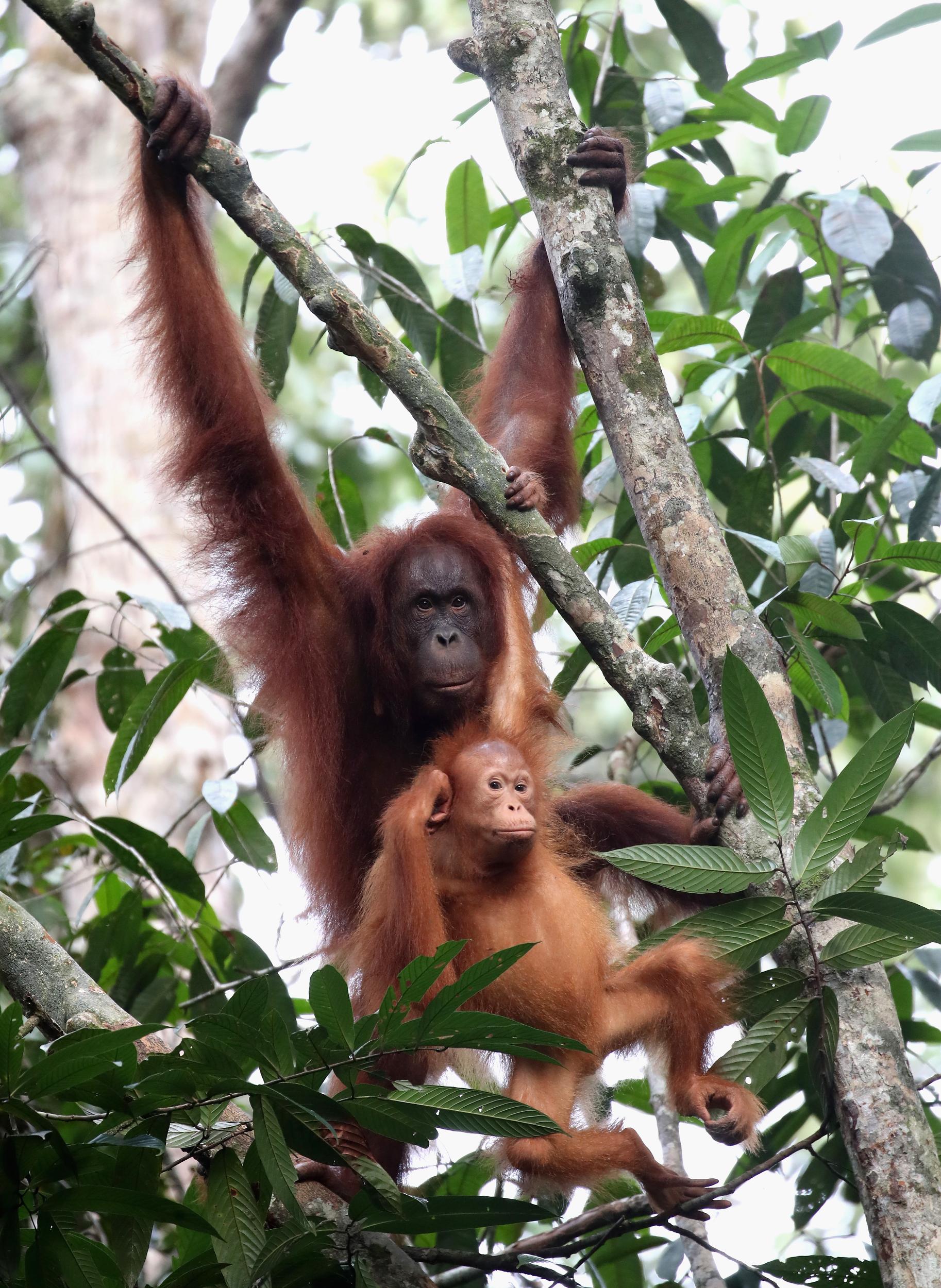
Conservation experts from the Great Ape Health Consortium wrote to Nature last month expressing their fears, which back up those of the Ape Alliance.
Like a million other species, the great apes are already victims of the biodiversity crisis. There are just over 1,000 mountain gorillas in the world, the alliance says. According to WWF, chimpanzees have already disappeared for ever from four African countries, leaving fewer than 250,000 – including under 50,000 bonobos, which live only in the Congo; and around 118,000 orangutans are still alive, with numbers plummeting as their Indonesian and Malaysian habitats disappear.
But the potential of Covid-19 to devastate vulnerable wildlife populations goes beyond the great apes. The fact that a tiger at the Bronx Zoo in the US was infected raised alarm as it showed animals to be susceptible. In what was believed to be the first case of “human-to-cat transmission”, the tiger was thought to have caught it from an employee, and several lions and tigers at the zoo also showed symptoms of respiratory illness. All have been improving, and vets expect them to fully recover.
The cases have left experts worrying that other species falling sick with Covid-19 could also become victims of the virus indirectly – if a predator such as leopards or hyenas became too ill to hunt and eat, for example.
The experts agree it’s human interference in wild animal populations that has brought precious wildlife so close to being threatened by disease, and that it’s therefore up to us to mitigate that risk.
Dr Bennett of the WCS wrote: “Human activities have brought wild species into closer proximity to us through legal and illegal wildlife trade in towns and cities. At the same time, we have come into closer proximity to wild species through moving into the last great wild areas of the world. As a result, the risk of disease transmission between ourselves and other species, in both directions, is also ever-increasing. Covid-19 is the latest and most devastating example of this.
“We all need to change our entire outlook and behaviour, moving forward. Closing wildlife markets for human consumption and protecting our closest wild relatives are critical steps towards ensuring healthy futures for all.”
Redmond points out that 2020 was supposed to be the year that the world agreed on “a new deal for nature”. Instead, the UN meetings at which climate and biodiversity talks were to take place have been postponed.
“Naturally, everyone who is in lockdown or suffering the effects of the Covid-19 pandemic is hoping things will quickly get back to ‘normal’, but perhaps, given that nature has forced humanity to hit a global pause button, we should use this time for reflection and redefine ‘normal’ for a truly sustainable future,” he says. “We really have to get across to corporate leaders and politicians that change in our use of the planet’s resources is needed urgently.”
Join our commenting forum
Join thought-provoking conversations, follow other Independent readers and see their replies
Comments